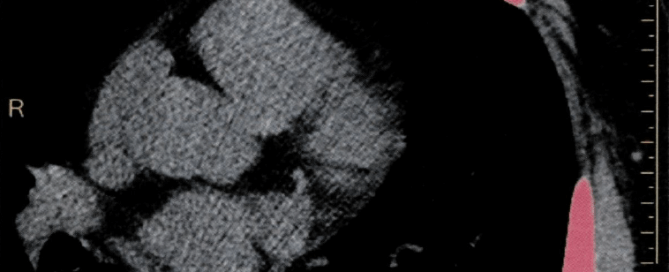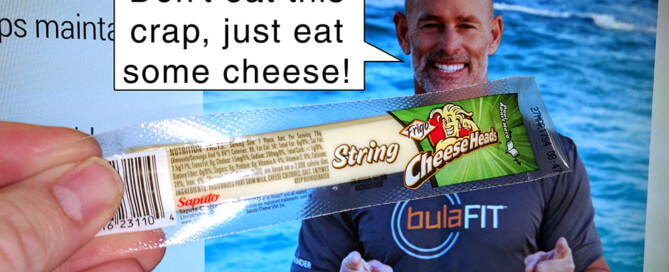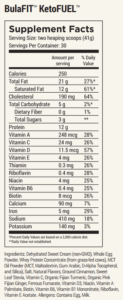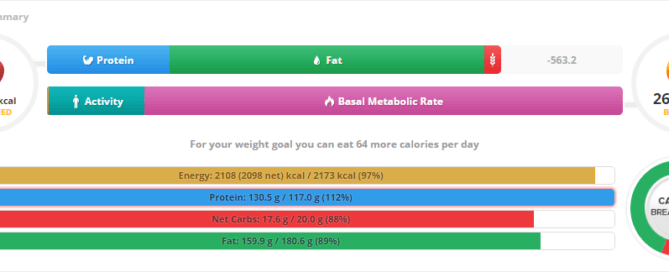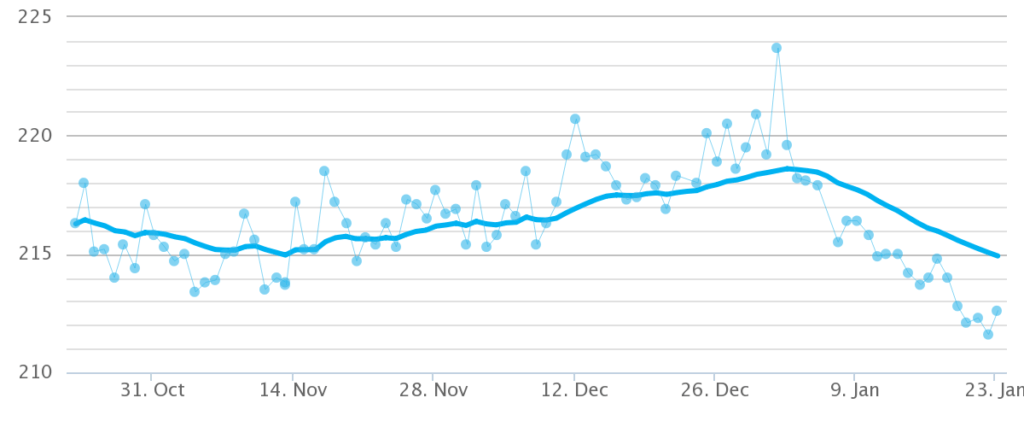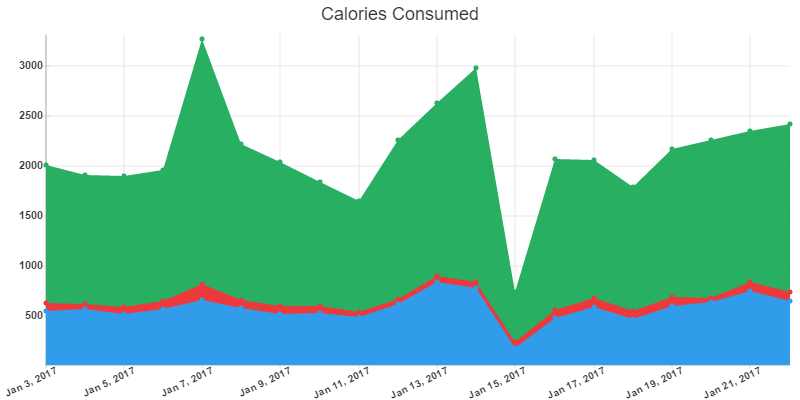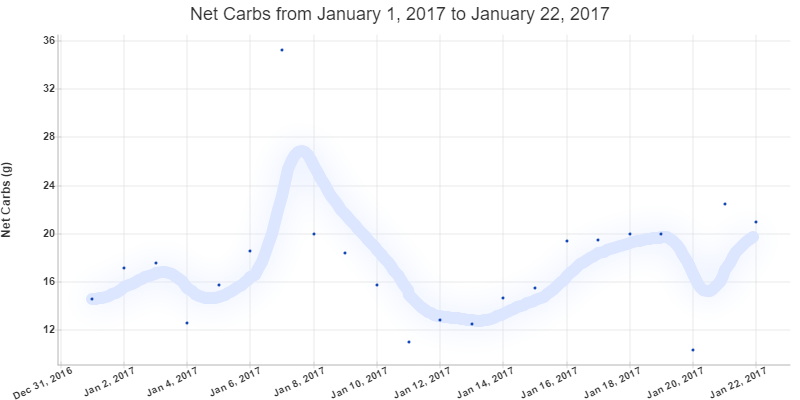Go get a Coronary Calcium Scan #CAC
Last month, my wife and I went to KetoFest in Connecticut. On Saturday, we watched “The Widowmaker” – it’s a documentary about the Coronary Artery Calcium Scan and its effectiveness at directly predicting the likelihood of coronary heart disease because it’s measuring the actual disease as it’s happening – direct observation. If you happen to have a Netflix subscription, you can watch the full documentary here. On the way out of the theater, I was walking behind Ivor Cummins – who helped with the movie and has been helping David Bobbett (the guy who paid for it to be made). Ivor and a bunch of other big names in the keto world proceeded to have a rousing discussion that really should have been recorded for posterity. One big discussion point was that the movie leaves out the “extraordinary” measures taken by David – he went on a ketogenic diet. Apparently, the film makers decided to leave that part out =).
There is some criticism of the movie – how things were presented and the need for clearly defined “good” and “bad” guys. The movie makes two important points: coronary stents don’t prevent heart attacks and coronary scans can identify advanced coronary artery disease before heart attacks happen. Regardless of the presentation, and how the film makers decided to edit things (like leaving out Keto!), finding out your calcium score is important.
Anyhow, I determined to get a CAC – and so I did. Turns out you can get them where I live for around $70. Unless you live in Texas, insurance won’t pay for it to be done – which is odd since it’s required for all astronauts and US Presidents – I suppose they’d rather pay thousands for heart surgery instead of less than $100. Anyway, out-of-pocket was simple and easy. Took longer to fill out the papers than getting the actual scan. Now I have the results of my blood tests AND I have a Coronary Artery Calcium Scan as well. Turns out that living mostly on fat (and mostly SATURATED fat, specifically), I’m doing just dandy – thanks for asking =)
The patient has a total Calcium Score of 0.
This places the patient into the 0th percentile in comparison to a group of patients asymptomatic for coronary artery disease with the same age and gender. This means that 0% of males aged 40-44 have calcium scores lower than the patient.
Coronary artery calcification is a specific marker for coronary atherosclerosis. The amount of calcification correlates with the severity of coronary atherosclerosis. A score of 0 implies a low likelihood of coronary obstruction, but cannot totally exclude the presence of atherosclerosis. A high score indicates a significant plaque burden and relative risk for future cardiovascular events. It should be understood that calcification is not site specific for stenosis but rather indicates the extent of atherosclerosis in the coronary arteries overall.
There was no identifiable plaque detected. Patient is advised to adhere to general guidelines on diet and exercise.
I’ll ignore the “general guidelines on diet” part, thank you very much =) If you’re curious and would like to see the full content of my CAC report, you can check that out here.


